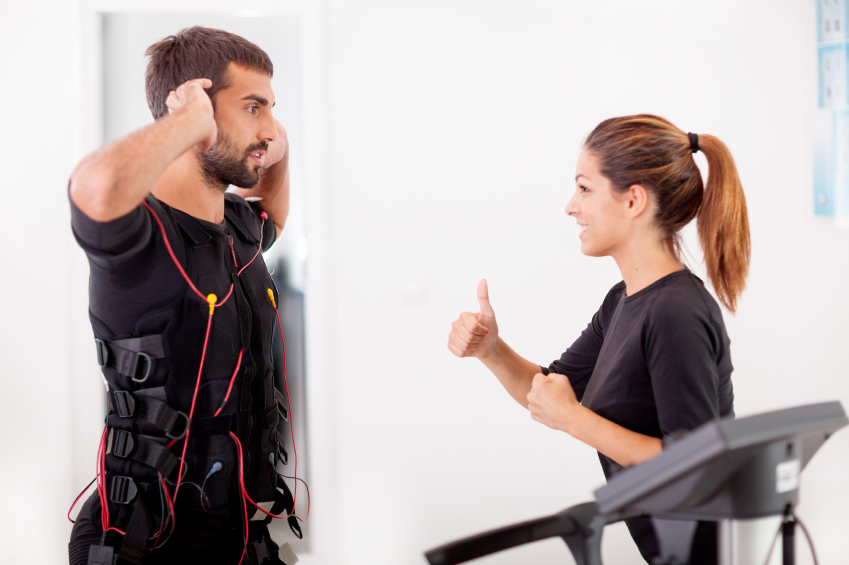An ACL or any other lower-body injury is devastating because it removes the athlete from the field. One major challenge is how to maintain fitness while the injury heals.

Whether you are a pro or a serious recreational athlete, your ability to bounce back from a sports-related injury depends to a great extent on your level of fitness at the time of the accident.
Professionals in any sport— from golf to baseball— seem to return to the field in no time.
Of course they not only have trainers hovering over their every move, but they are in superb condition (most of them) in the first place.
In addition, athletes are motivated. They have built a career on their positive attitude, work ethic, and dedication. While it helps to have a team of trainers and coaches offering advice, assistance, and encouragement, it is ultimately the athlete himself or herself who makes things happen. Our experience is that these winners don’t take ‘no’ for an answer. Nothing will make them give up on their sport.
Think Creatively
Maybe you don’t have a trainer traveling with you and working with you every day. You can still manage and maintain your cardiovascular conditioning with information received from your doctor and physical therapist.
For a cyclist, say, who has suffered an ACL injury and is recovering from surgery, here are some ideas from our trainers:
- Start with gentle exercises to increase range of motion.
- Work the upper body for cardio benefits.
- When you’ve recovered your balance and coordination, try one-legged cycling.
- Embrace the water; its resistance and flotation are magical.
- Pay extra attention to warm-up and warm-down routines.
- Ask your doctor or PT about isotonic devices that provide resistance.
- Try a brace, taping, or other supports while you ease back into your training regimen.
From a Sprained Ankle to Achilles Tendonitis
The ankle is a vulnerable region. Almost everyone— all ages, all degrees of fitness— has known the pain of a sprained ankle. You step down awkwardly on uneven ground and within hours, the ankle becomes so tender you can hardly stand on that foot.
By contrast, a ruptured Achilles tendon is more apt to occur during a vigorous bout of activity. That infamous pop! is the shot heard ‘round the clinic. It’s less common than your garden-variety ankle roll and calls for a different rehab protocol.
An Achilles injury may require a boot or surgery, followed by as much as six months of rehab and strengthening exercises. One major focus, post-injury, is a good warm-up routine. Jogging slowly, walking or trotting on a treadmill, or using a stationary bike if possible will get the blood circulating.
Ankle sprains, on the other hand, are often not taken seriously enough. A person may roll the foot, complain, and then keep walking on it for a week or more before finally showing up at the clinic. Since treatment for sprained ankles can be counter-intuitive— we often advise keeping the leg in motion to prevent scar tissue from forming— many patients with sprained ankles do not have the optimal outcome. A sprained ankle can haunt the patient for many years if it is not treated properly from the onset.
Keep Your Gym Card Handy
Maintaining cardio fitness is a challenge. It doesn’t matter what kind of injury— knee, ankle, rotator cuff, back— your usual practice regimen is out the window. So you have to think outside the box.
Strength training at the gym, with free weights and dedicated machines, is a good environment for someone whose mobility is impaired. Some gym rats maintain that working with machines and free weights is the best place to stay in shape, and avoiding cardio exercise would reduce the number of ACL injuries, plantar fasciitis, and other overuse injuries.
This overlooks the competitive and recreational joy of sports such as running, bicycling, basketball, swimming, and football. But you can have this discussion at the gym— while you’re working to get back to your game.











